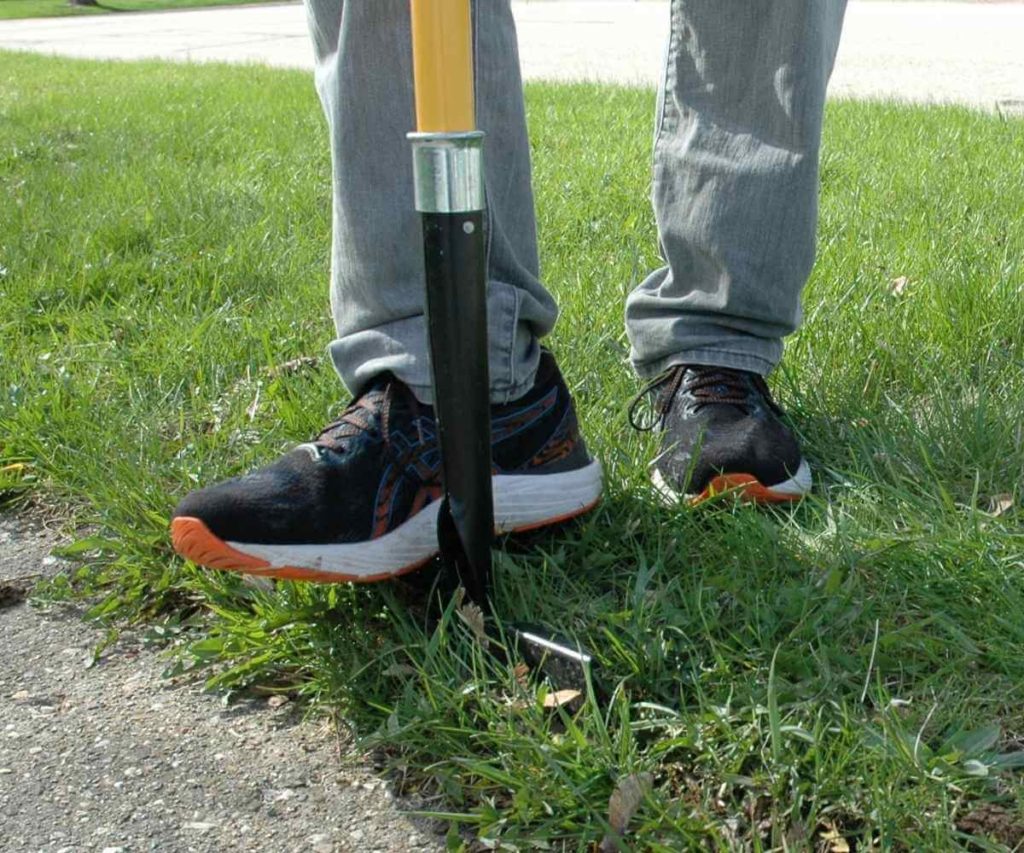This post was last updated on July 5th, 2022 at 09:21 am
What is the first thing that pops into your mind from these two words: physical activity?
Did you imagine working out at a gym? Hopping on a Peloton? Going for a run? Playing a sport?
I suspect you envisioned some type of “official” workout. When it comes to physical activity, most people don’t think about vacuuming floors or mowing the lawn, right? That’s partly because we’re bombarded with fitness and athletic apparel companies’ conceptions of physical activity, and they don’t include household chores and the more “mundane” parts of daily life.
Read: 4 books to inspire you to be more physically active
These companies often box physical activity into compartments to be opened at certain times and certain places, using certain exercise equipment. At all other times, your day is supposed to be relatively free from physical exertion. If you’re not doing an “official” workout while in your “official” workout apparel, you should be taking it easy—on the couch while a robotic vacuum cleaner zips over your floors.
This compartmentalization of physical activity is doing a lot of people’s health a disservice. These companies aren’t selling you fitness. They’re selling you the idea of fitness. But the idea of fitness isn’t going to benefit your health.
If you find yourself spending too much time sitting and not enough time moving, it’s time to rethink how you get your physical activity. It doesn’t have to come only from gyms or through exercise equipment.
The world is your gymnasium
The key to getting out of a sedentary rut is not necessarily going more often to the gym. Rather, it’s expanding your idea of what a gym is: When “the gym” is all around you, you begin to see many more opportunities to be physically active.
By treating life more like a weight-lifting set and less like a remote control, you’ll be moving more and sitting less.
With this new mindset, your first order of business is to question the so-called benefits of new labor-saving technologies. Being able to accomplish your entire to-do list without ever having to leave your chair is not a good thing, despite what Amazon tells you. If you’re able to get all your entertainment, accomplish all your work and get all your groceries delivered without moving a muscle (except to answer the front door), you’re headed deep into sedentary territory. These labor-saving technologies strip your “barbell” of “weights,” leaving you without resistance in your life.
The sedentary trend is clear—and scary
A growing volume of studies finds sitting long periods of time is unhealthy in many ways. Average sitting time for adults increased from 5.5 hours per day in 2007 to 6.5 hours in 2016. For adolescents, it increased from 7 hours in 2007 to 8.2 hours in 2016. Amid quarantining for the coronavirus pandemic, initial studies indicate the trend is getting even worse.
To escape this sedentary spiral, we have to resist the idea that physical activity depends mainly on us doing sports-related exercise. We need to broaden and embrace exercise opportunities disguised as something else. To be frugalmatic is to harness the health benefits of everyday tasks and responsibilities.

Add resistance to your life: The small decisions matter
I’m not talking about just the frugalmatic superstars, such as biking to work. If biking to work isn’t practical for you, make a commitment to take a small walk after eating lunch. Or, park your vehicle three blocks away from the office. Just make sure to add some “weights,” meaning resistance, to your daily routine. The small things matter, whether it’s using hand tools instead of power tools. Or, raking instead of using a leaf blower. Or, hanging the clothes on a line outdoors instead of tossing them in the dryer. The cumulative effect of the thousands of decisions you make each week can make or break a sedentary lifestyle.
Take an inventory of the things that need to get done around your house and search for opportunities to swap a a labor-saving technology for labor-loving one. I’m not saying to start plowing fields with horses or running across town like Forrest Gump. Rather, add only as much “weight” to your routine (your “barbell”) as you can handle.
Read: One house painted, 13,941 calories burned!
It’s totally doable
It’s doable, isn’t it? I know you’re already thinking about how you can create more resistance in your life. Start small and get bigger. Don’t separate the gym/weight room from the rest of your life. To the extent possible, build it into your life. That way, when you go to bed at night, you’ll have had an active day, even if you didn’t step into a brick-and-mortar gym.
Subscribe to the Frugalmatic email list for encouragement and more ideas on how to live a more active life.

